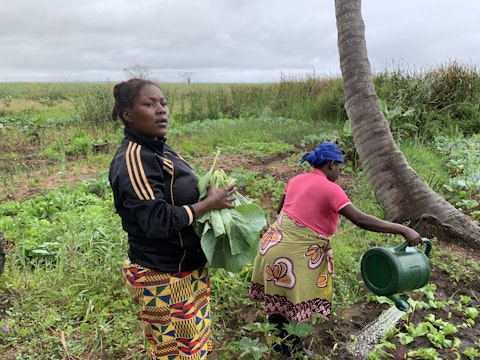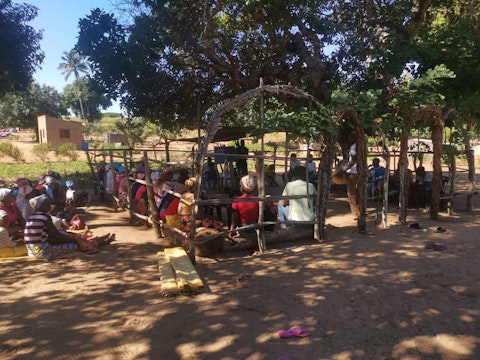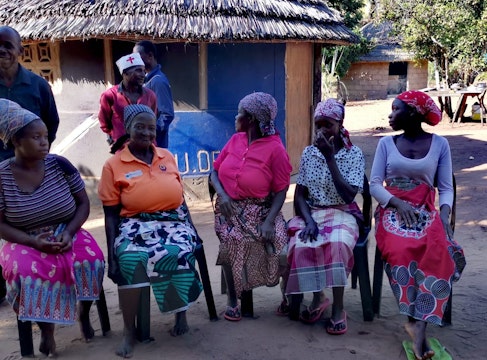Introduction and Context of the Zione Religion in Mozambique
There are several works published on the Zione religion, both in Mozambique and in other geographies of the planet, addressing various themes associated with it
There are several works published on the Zione religion, both in Mozambique and in other geographies of the planet, addressing various themes associated with it
In the context of this study, which results from fieldwork carried out in the region of Canda, province of Inhambane, southern Mozambique, we focus our analysis on the testimonies of a member of the community of Canda, here identified as Sarafina, who presents us with the context of the practice of this religion in her local community.
The Zion religion in Mozambique is introduced by Mozambican mining workers in South Africa during the colonial period. According to historian Antônio Rita Ferreira, at the end of this period, the Zion religion was already installed in the Mozambican religious scene (Rita-Ferreira, 1967), in the south of the country, more specifically in the province of Inhambane, where, according to (Sambo, 2014) was where the first Protestant movement emerged, when in 1908 Muti Munene Sicobele abandoned the American Methodist mission in Morrumbene.
Also, according to this scholar, in 1975, there was a growth of zion churches despite an unfavorable attitude from the FRELIMO government in relation to religious beliefs and practices. The combination of atheism and nationalism characterizes the ideological atmosphere of the post-colonial decade (Sambo, 2014), in which Zionism was inserted.
The vast literature on Zionism refers to it as being a social safety net, solidarity and hospitality in many urban and peri-urban areas in independent African states. It arises as a response to socio-cultural and socio-economic requirements, but also as a search for new directions (Alfredson, 2000), in other words, people have found concrete systems of symbols and practices capable of giving them a deep meaning in the life of suffering and conquest (Ana, 1985).
Therefore, the zion church is a community located within the community and, being an integral part of community social life, its members represent an amorphous social mass and are mostly residents of suburban areas, very occupied by migrants from areas basically constituted by communities with low levels of education, living in poverty and without space in the urban labor market (Agadjanian, 1999). Authors such as (Mahumane, 2004) mention that the members of this community are people with a low level of education, needy people, people without formal employment and with difficulties in accessing basic services.
Please click here to read more.



.jpg?fm=jpg&q=75&fit=max&w=640&h=360)

